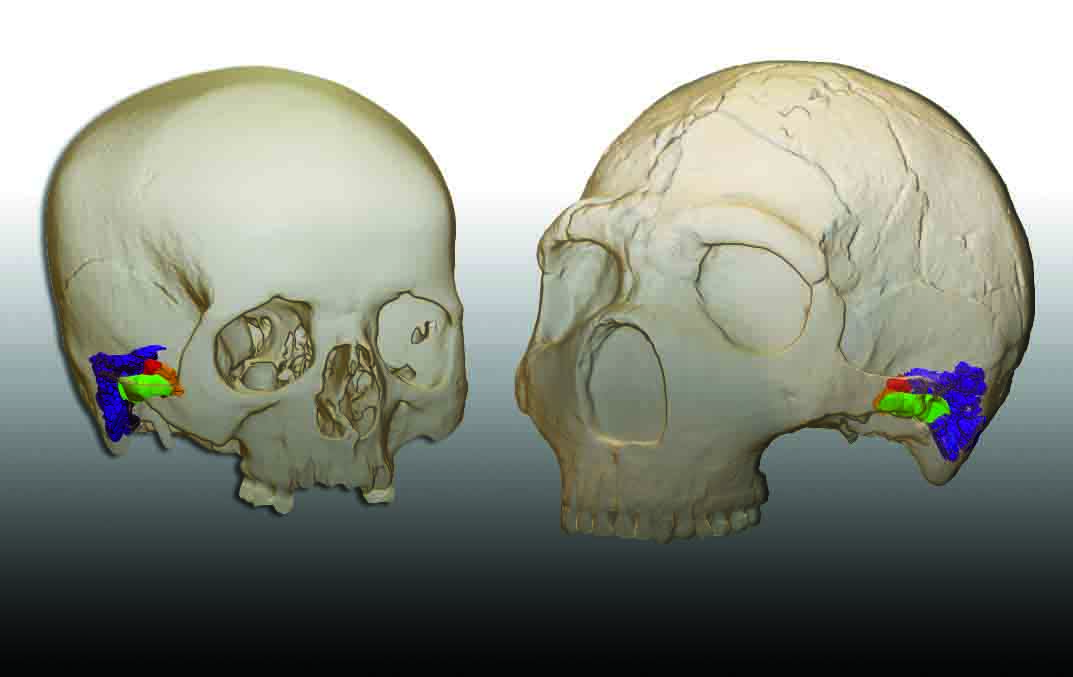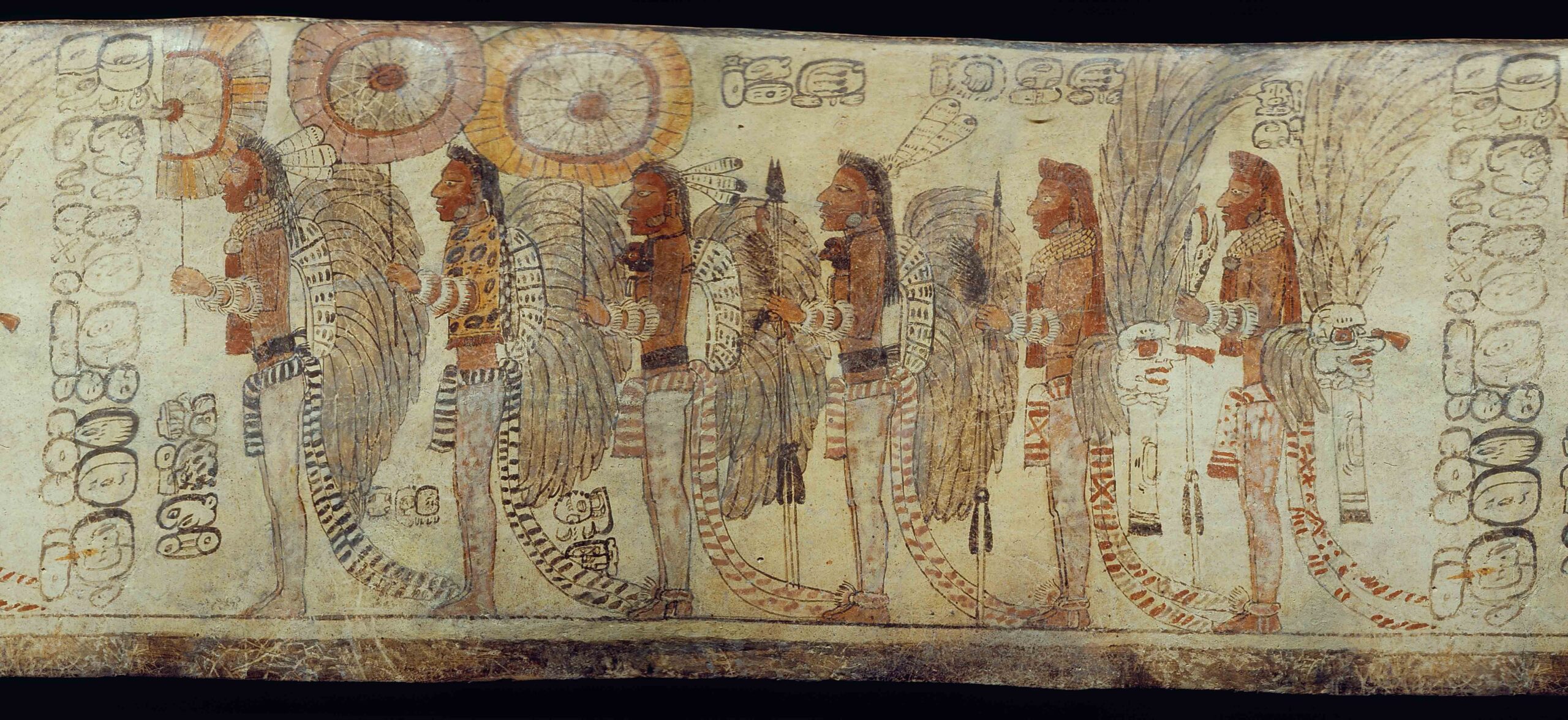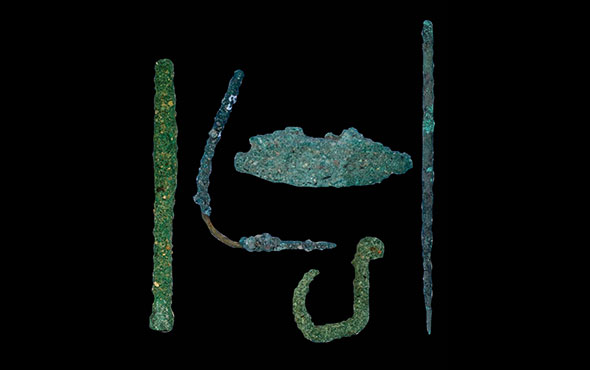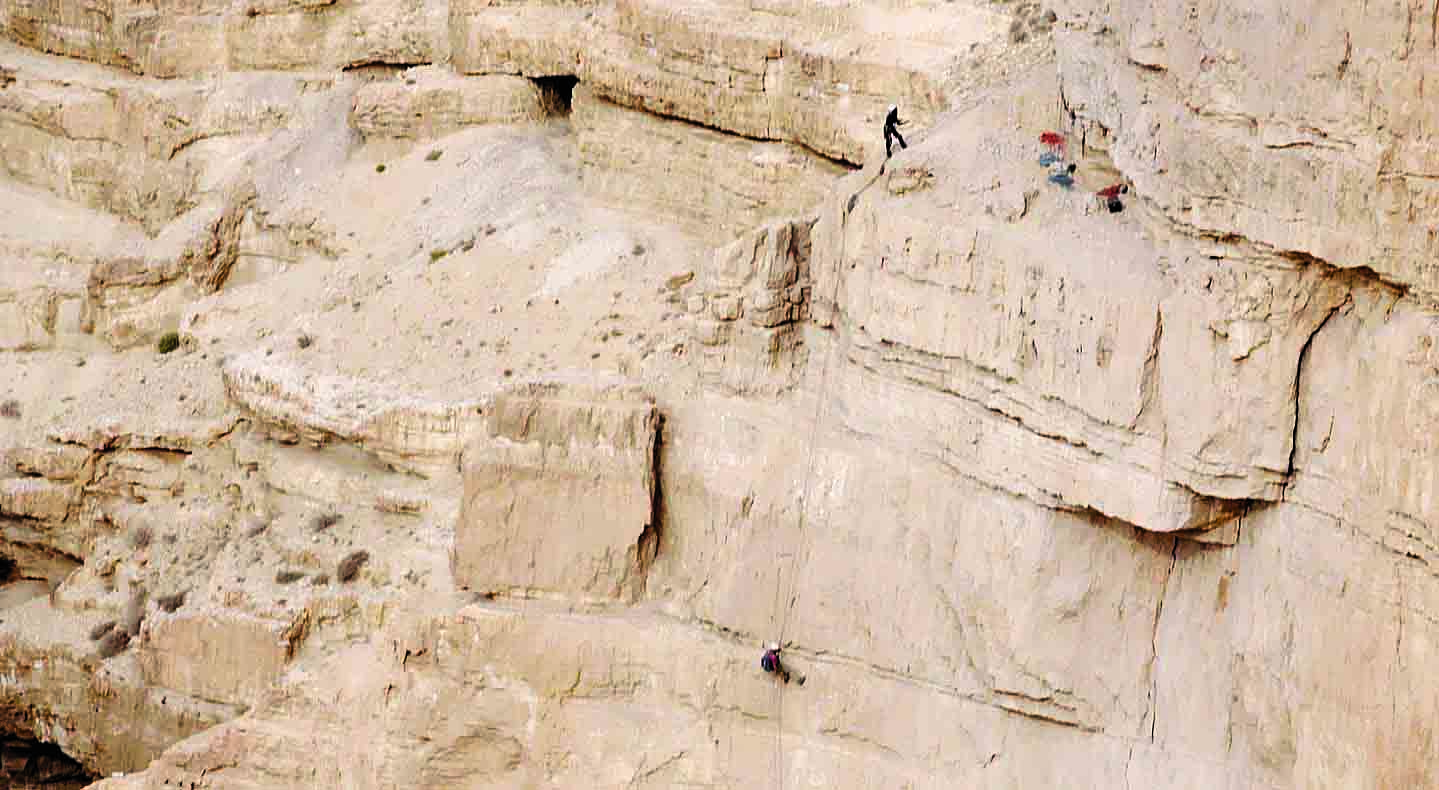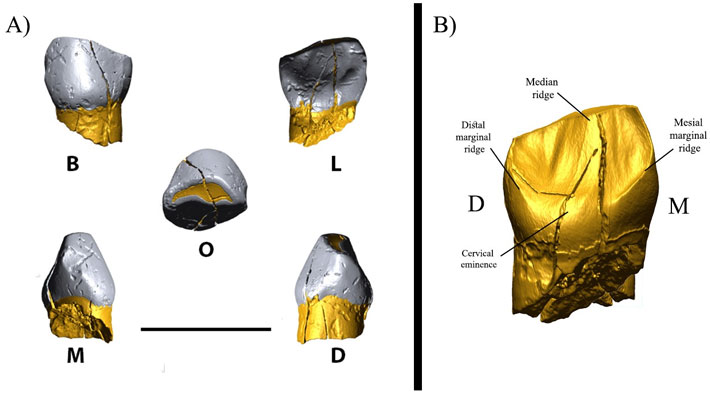
ZAGROS, IRAN—According to a Tehran Times report, an international team of archaeologists and paleoanthropologists led by Saman Heydari-Guran has analyzed the tooth of a six-year-old Neanderthal child discovered in western Iran’s Baba Yawan rock shelter in 2017. The child’s tooth was found among animal bones and stone tools of a type associated with Neanderthal remains at other sites in the Zagros region. The researchers have dated the tooth to between 43,000 and 41,000 years ago. The region is thought to have been inhabited by Neanderthals from about 80,000 years ago until 40,000 to 45,000 years ago, when modern humans entered the area. Read the original scholarly article about this research in PLOS ONE. To read about another Neanderthal child's tooth found in the Zagros Mountains, go to "World Roundup: Iran."


